- Over 1 million successful rentals
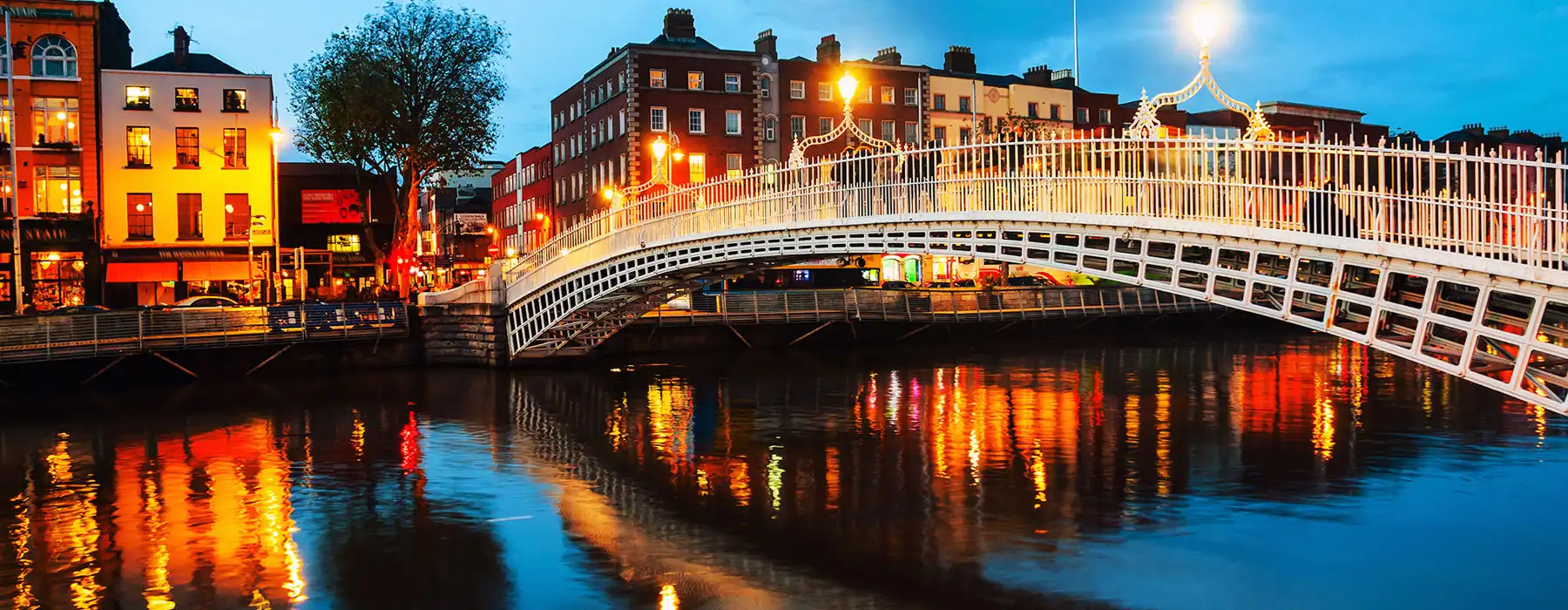
Car Hire Dublin
Save time and money. We compare the offers of car rental companies in Dublin on your behalf.
- Free cancellation Up to 48 hours prior to the scheduled pick up time
- Best price guarantee Have you found a better price? Let us know and we will make you a better offer.
- 24000+ pick-up locations Locations around the world

Compare Car Hire
Carrentals.co.uk offers simple and straightforward car hire comparison services. We don't add a penny to your quotes!
Car rental offers in Dublin
Whether you're looking for a small rental car or a station wagon for the entire family, we will always have a suitable vehicle for the lowest price. Below are some examples from our selection in Dublin.
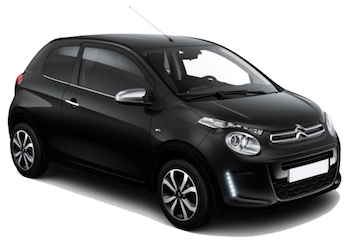
-
Thrifty From£ 7 /day -
Dollar Rent a Car From£ 12 /day
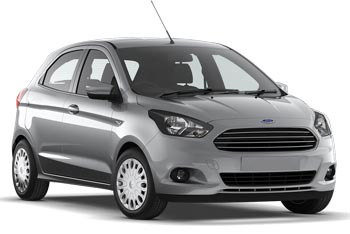
-
Carhire From£ 8 /day -
Payless Car Rental From£ 9 /day -
Budget From£ 9 /day

-
Carhire From£ 11 /day -
Flizzr From£ 12 /day -
Sixt From£ 14 /day
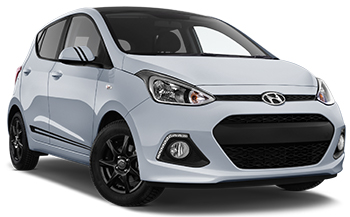
-
Carhire From£ 8 /day -
Keddy By Europcar From£ 10 /day -
Europcar From£ 15 /day
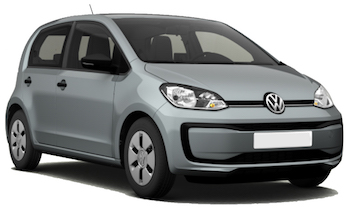
-
Hertz From£ 9 /day -
Payless Car Rental From£ 9 /day -
Budget From£ 9 /day

-
Carhire From£ 11 /day -
Keddy By Europcar From£ 16 /day -
Europcar From£ 20 /day
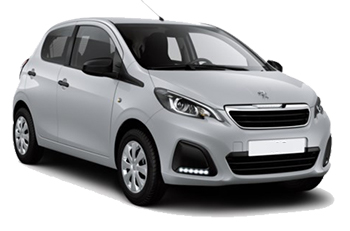
-
Flizzr From£ 9 /day -
Sixt From£ 13 /day
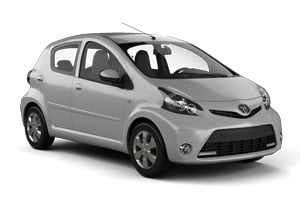
-
Payless Car Rental From£ 9 /day -
Budget From£ 11 /day

-
Thrifty From£ 12 /day -
Dollar Rent a Car From£ 16 /day
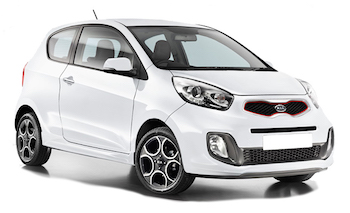
-
Thrifty From£ 9 /day -
Dollar Rent a Car From£ 14 /day
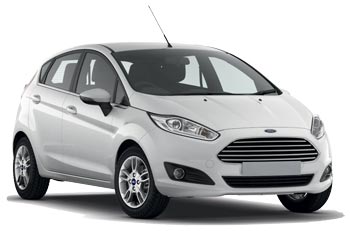
-
Carhire From£ 9 /day -
Budget From£ 10 /day -
Europcar From£ 10 /day
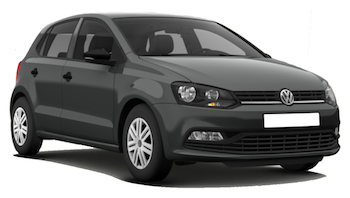
-
Europcar From£ 10 /day -
Sixt From£ 14 /day
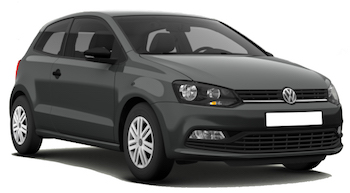
-
Carhire From£ 9 /day -
Budget From£ 9 /day -
Payless Car Rental From£ 9 /day
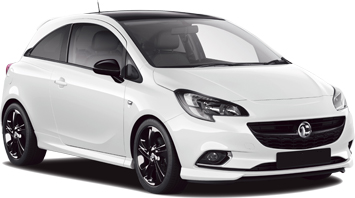
-
Thrifty From£ 9 /day -
Flizzr From£ 10 /day -
Carhire From£ 12 /day
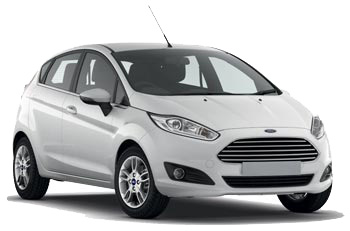
-
Carhire From£ 12 /day -
Flizzr From£ 13 /day -
Sixt From£ 14 /day

-
Thrifty From£ 9 /day

-
Europcar From£ 10 /day -
Sixt From£ 12 /day

-
Thrifty From£ 12 /day -
Dollar Rent a Car From£ 18 /day -
Flizzr From£ 19 /day
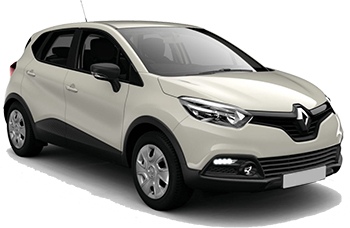
-
Carhire From£ 9 /day -
Dollar Rent a Car From£ 15 /day
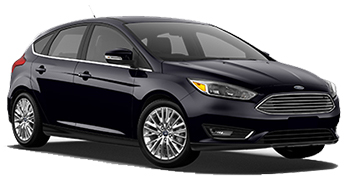
-
Carhire From£ 9 /day -
Keddy By Europcar From£ 12 /day -
Flizzr From£ 13 /day
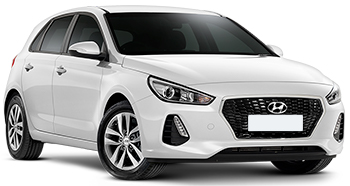
-
Carhire From£ 12 /day -
Europcar From£ 19 /day

-
Carhire From£ 9 /day -
Europcar From£ 16 /day
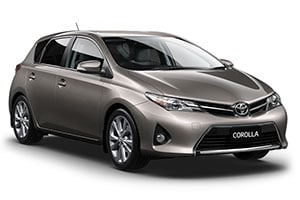
-
Payless Car Rental From£ 10 /day -
Carhire From£ 12 /day -
Budget From£ 13 /day
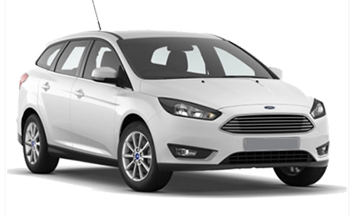
-
Carhire From£ 12 /day -
Flizzr From£ 16 /day -
Keddy By Europcar From£ 16 /day
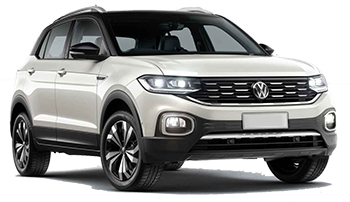
-
Carhire From£ 10 /day -
Flizzr From£ 12 /day -
Sixt From£ 16 /day
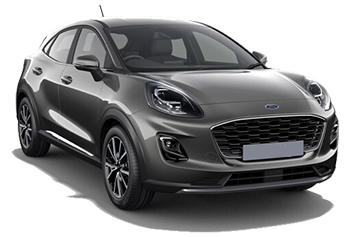
-
Thrifty From£ 10 /day -
Dollar Rent a Car From£ 15 /day -
Hertz From£ 17 /day
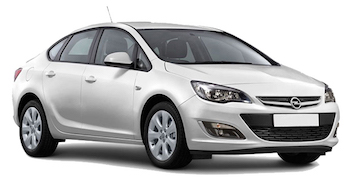
-
Flizzr From£ 14 /day -
Sixt From£ 16 /day
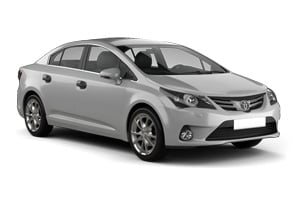
-
Thrifty From£ 13 /day -
Payless Car Rental From£ 16 /day -
Dollar Rent a Car From£ 18 /day

-
Carhire From£ 14 /day -
Thrifty From£ 15 /day -
Dollar Rent a Car From£ 18 /day

-
Carhire From£ 17 /day -
Keddy By Europcar From£ 21 /day -
Europcar From£ 29 /day
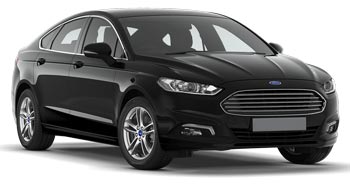
-
Carhire From£ 15 /day -
Keddy By Europcar From£ 18 /day -
Hertz From£ 20 /day
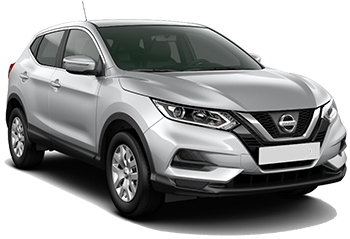
-
Carhire From£ 15 /day -
Keddy By Europcar From£ 17 /day -
Dollar Rent a Car From£ 18 /day

-
Flizzr From£ 18 /day -
Carhire From£ 18 /day -
Sixt From£ 21 /day
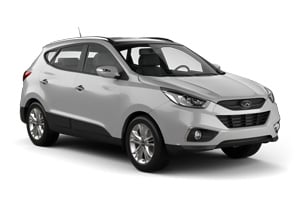
-
Payless Car Rental From£ 16 /day -
Budget From£ 18 /day
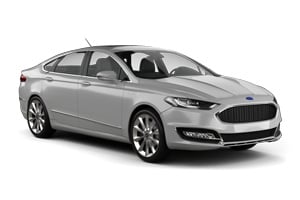
-
Carhire From£ 18 /day -
Keddy By Europcar From£ 23 /day -
Europcar From£ 26 /day
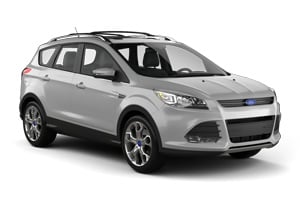
-
Keddy By Europcar From£ 17 /day -
Dollar Rent a Car From£ 18 /day -
Hertz From£ 21 /day

-
Thrifty From£ 15 /day -
Dollar Rent a Car From£ 19 /day -
Hertz From£ 20 /day

-
Payless Car Rental From£ 17 /day -
Budget From£ 21 /day -
Europcar From£ 49 /day
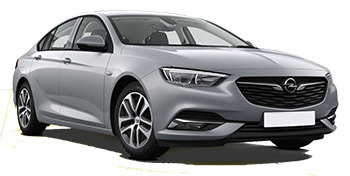
-
Payless Car Rental From£ 23 /day

-
Payless Car Rental From£ 17 /day -
Alamo From£ 24 /day -
Dollar Rent a Car From£ 26 /day

-
Thrifty From£ 18 /day -
Dollar Rent a Car From£ 18 /day -
Budget From£ 21 /day

-
Budget From£ 25 /day
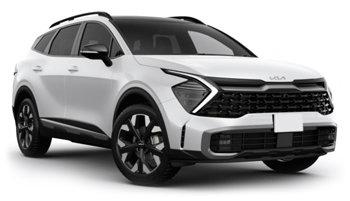
-
Budget From£ 22 /day -
Payless Car Rental From£ 22 /day
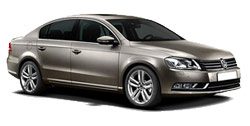
-
Sixt From£ 29 /day

-
Alamo From£ 25 /day -
Enterprise From£ 38 /day -
National Car Rental From£ 67 /day

-
Alamo From£ 29 /day -
Enterprise From£ 42 /day -
National Car Rental From£ 53 /day
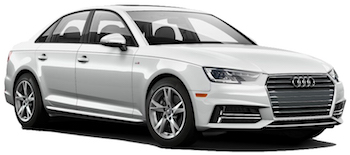
-
Carhire From£ 31 /day -
Europcar From£ 40 /day -
Hertz From£ 44 /day

-
Sixt From£ 36 /day -
Flizzr From£ 38 /day
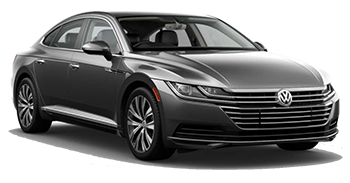
-
Sixt From£ 33 /day -
Flizzr From£ 35 /day
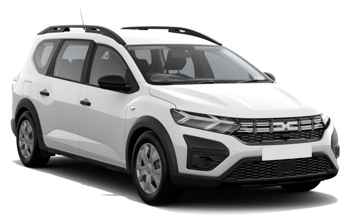
-
Budget From£ 33 /day -
Payless Car Rental From£ 33 /day
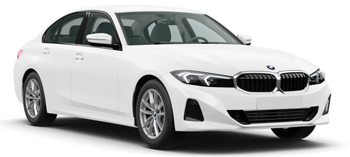
-
Sixt From£ 39 /day -
Europcar From£ 41 /day -
Flizzr From£ 41 /day
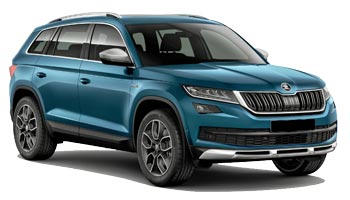
-
Hertz From£ 33 /day

-
Flizzr From£ 34 /day -
Dollar Rent a Car From£ 43 /day

-
Carhire From£ 39 /day -
Europcar From£ 66 /day
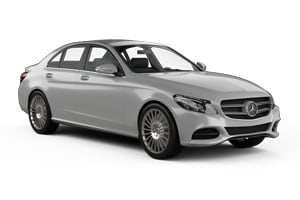
-
Sixt From£ 36 /day
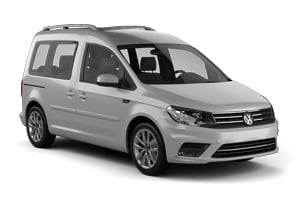
-
Budget From£ 37 /day -
Payless Car Rental From£ 37 /day

-
Sixt From£ 39 /day
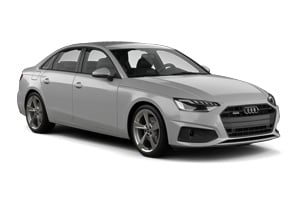
-
Hertz From£ 40 /day -
Europcar From£ 46 /day -
Enterprise From£ 50 /day

-
Europcar From£ 47 /day -
Hertz From£ 52 /day -
Flizzr From£ 53 /day
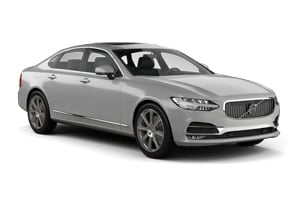
-
Dollar Rent a Car From£ 43 /day -
Thrifty From£ 46 /day

-
Sixt From£ 44 /day

-
Sixt From£ 47 /day
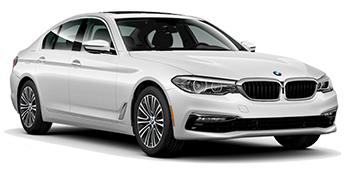
-
Carhire From£ 46 /day -
Sixt From£ 57 /day -
Alamo From£ 58 /day

-
Carhire From£ 16 /day -
Europcar From£ 24 /day -
Flizzr From£ 33 /day
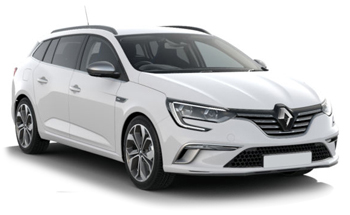
-
Flizzr From£ 18 /day -
Sixt From£ 18 /day

-
Carhire From£ 19 /day -
Europcar From£ 28 /day
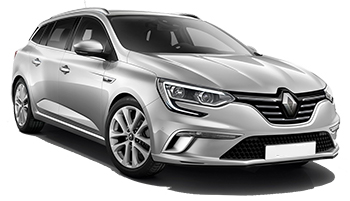
-
Flizzr From£ 18 /day -
Sixt From£ 19 /day
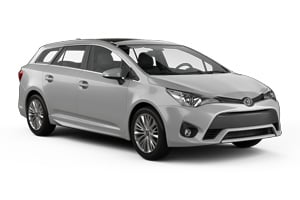
-
Flizzr From£ 19 /day

-
Flizzr From£ 21 /day -
Sixt From£ 21 /day
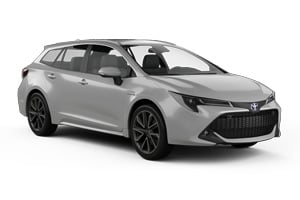
-
Flizzr From£ 20 /day -
Sixt From£ 22 /day

-
Flizzr From£ 23 /day -
Sixt From£ 28 /day

-
Payless Car Rental From£ 20 /day
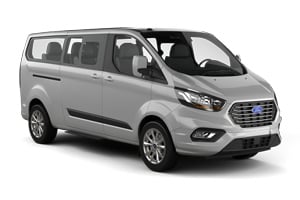
-
Alamo From£ 47 /day -
Enterprise From£ 53 /day -
Budget From£ 95 /day
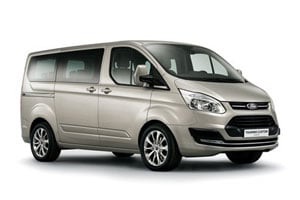
-
Alamo From£ 51 /day -
Enterprise From£ 54 /day
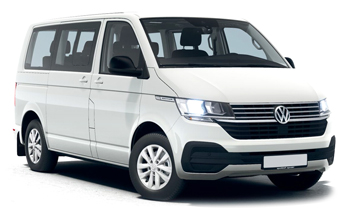
-
Sixt From£ 74 /day -
Flizzr From£ 161 /day
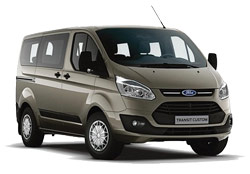
-
Thrifty From£ 54 /day -
Dollar Rent a Car From£ 60 /day -
Hertz From£ 76 /day
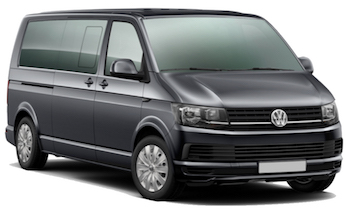
-
Hertz From£ 61 /day

-
Flizzr From£ 89 /day -
Sixt From£ 90 /day

-
Hertz From£ 68 /day

-
Sixt From£ 71 /day -
Flizzr From£ 158 /day
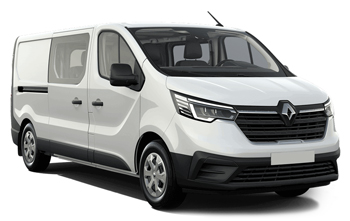
-
Sixt From£ 92 /day -
Flizzr From£ 203 /day

-
Carhire From£ 9 /day -
Dollar Rent a Car From£ 15 /day

-
Carhire From£ 10 /day -
Flizzr From£ 11 /day -
Sixt From£ 13 /day

-
Flizzr From£ 14 /day -
Sixt From£ 15 /day -
Carhire From£ 16 /day

-
Thrifty From£ 10 /day -
Dollar Rent a Car From£ 15 /day -
Hertz From£ 16 /day

-
Flizzr From£ 11 /day -
Sixt From£ 16 /day
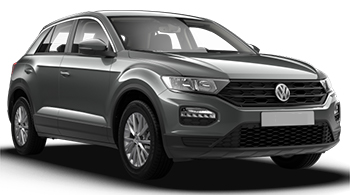
-
Flizzr From£ 14 /day -
Sixt From£ 16 /day

-
Thrifty From£ 12 /day -
Carhire From£ 15 /day -
Dollar Rent a Car From£ 18 /day
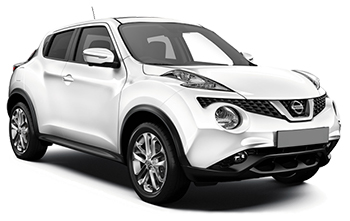
-
Payless Car Rental From£ 13 /day -
Budget From£ 13 /day

-
Carhire From£ 17 /day -
Keddy By Europcar From£ 21 /day -
Europcar From£ 29 /day
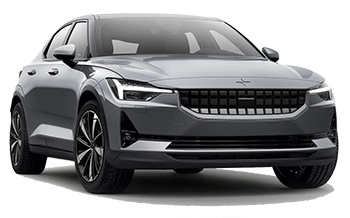
-
Alamo From£ 52 /day
Car rental companies in Dublin
Below are the car rental companies in Dublin with the best ratings. Compare all ratings and prices of these rental companies in one search.
-
Alamo
From£ 15 / day -
National Car Rental
From£ 22 / day -
Hertz
From£ 9 / day -
Carhire
From£ 8 / day -
Keddy By Europcar
From£ 10 / day -
Enterprise
From£ 16 / day

When is the best time to book a rental car in Dublin?
Dublin - When is the most affordable time to rent a mini class car?
At this destination (Dublin), February is the most affordable time to rent a mini class car with an average daily rate of
Dublin - When is the most affordable time to rent a economy class car?
At this destination (Dublin), February is the most affordable time to rent a economy class car with an average daily rate of
Dublin - When is the most affordable time to rent a compact class car?
At this destination (Dublin), February is the most affordable time to rent a compact class car with an average daily rate of
Dublin - When is the most affordable time to rent an intermediate class car?
At this destination (Dublin), February is the most affordable time to rent a intermediate class car with an average daily rate of
Dublin - When is the most affordable time to rent a standard class car?
At this destination (Dublin), February is the most affordable time to rent a standard class car with an average daily rate of
Dublin - When is the most affordable time to rent a full-size car?
At this destination (Dublin), February is the most affordable time to rent a full-size class car with an average daily rate of
Dublin - When is the most affordable time to rent a luxury car?
At this destination (Dublin), January is the most affordable time to rent a luxury class car with an average daily rate of
Dublin - When is the most affordable time to rent a station wagon?
At this destination (Dublin), February is the most affordable time to rent a station wagon with an average daily rate of
Dublin - When is the most affordable time to rent a SUV?
At this destination (Dublin), February is the most affordable time to rent an SUV with an average daily rate of
Dublin - When is the most affordable time to rent a MPV?
At this destination (Dublin), January is the most affordable time to rent an mpv with an average daily rate of
Dublin - When is the most affordable time to rent a minivan?
At this destination (Dublin), October is the most affordable time to rent a minibus with an average daily rate of
Car rental companies in and around Dublin
Looking for a hire car in Ireland? Take a look at our Car rental Ireland directory.
Popular destinations
Rent an affordable car from us in the following districts
Dublin Guide
Car Hire
Dublin is the main entry point for most tourists coming to Ireland as well as being a vibrant, historical and modern capital city. It sits at the opening of the River Liffey in the middle of Ireland’s east coast and is home to over a quarter of the country’s population. This means that the city often sees heavy congestion, so a car is not necessary for use in the city centre. However, driving provides a great opportunity to get out of the city and discover the castles, abbeys, gardens and mountains within the republic’s East Coast and Midlands region. Car hire firms are located at the airport as well as in the city centre.
Who to Book With
International suppliers such as Avis, Sixt, Europcar and Budget offer a great selection of vehicles for hire in Dublin. Car rental offices can be found in the Arrivals hall at the airport and at Dun Laoghaire Port, with a few branches also scattered around Downtown Dublin. Car hire is a popular way to travel, so book early to ensure availability.
Best time to go
Dublin is definitely a summer city, with temperatures in July and August ranging anywhere between 19°C and 30°C. This is when Dublin sees the most tourists and when rates tend to be at their highest, although the pleasant weather more than makes up for it. Spring is also a nice time to visit, but the months between October and March should be avoided unless you don’t mind getting wet and cold.
Need to Know Essentials
When collecting your vehicle, you must present the following:
- A valid UK driving licence
- Proof of ID in another form
- The credit card used when the booking was made
- Verification of booking
Driving
It is quite difficult to drive around Dublin city centre, especially during the daytime. The city centre should be completely avoided, as it is prone to traffic jams and parking is hard to find. There are few on-street parking spaces and, if found, they tend to have only a short period of stay. Multi-level car parks are around, but these are quite expensive. The best thing to do to is to leave your vehicle at a Park and Ride facility outside of the city centre and take the light rail to your destination. This will cost around €4 for the full day.
Dublin is well connected to the rest of Ireland, as all motorways lead to and from the city. Many of these are toll routes that accept payment in Euros only, except for a portion of the M4, which accepts credit cards. A stretch of Dublin’s M50 ring road is a toll road that reads an electronic tag upon entering. Vehicles without a tag must pay the €3.10 toll at a Payzone outlet or directly to eFlow online by 20:00 the following day.
Motorways in Dublin are marked with blue signs with white numbers, while national routes are indicated by green signs and yellow numbers. These are good alternatives to the toll motorways but are prone to congestion during peak hours. Many roads in the city centre are one-way, so if you must bring a car in, it is best to research your route beforehand. Many lanes are designated for buses only, and motorists caught driving in these lanes will receive steep fines. In Ireland, it is mandatory for all vehicles to have a warning triangle, so be sure this is provided by the rental company.
For more tips on driving here, have a look at our guide to Ireland.
Transport
The Dublin Bus is the most extensive public transport system in Dublin, while the Luas tram offers the best way to get around the city centre. Dublin’s local buses are extremely extensive, with more than 200 routes running within the city. Buses run between 05:00 and 23:00, while on the weekends there are 18 night routes that operate between midnight and 04:00. However, a car is highly recommended for getting out of the city and for going on excursions.
Tickets can be bought from agents, located close to each tram stop, or directly from the bus driver. Fares depend on distance travelled, and can cost anything from €0.65 to €2.80. Those travelling on both the bus and tram can purchase a Combi ticket, with a one-day pass costing €8.10 and a seven-day pass costing €32.80. These must be validated on a bus before being used on a tram.
Trains
Dublin’s DART system is great for getting from Dublin city centre to the towns along the coast. The train stops at Connolly station right in the heart of the city, linking it to the Dublin Bus, Laus Tram and railway lines.
Taxis
There are said to be more taxis per person in Dublin than in New York City, so, unsurprisingly, they are extremely easy to find. Taxis can be hailed on the street, found at designated ranks or telephoned for a specific pick-up location. Fares within the city centre are normally between €6 and €10, while the rate for trips farther out can be negotiated with the driver. One of the more reputable taxi companies for travel out of the city centre is Foxrock Taxis.
Buses and Trams
The Laus tram offers the most convenient way to get around downtown Dublin, while buses provide the best transportation option for travel outside of the core area. If you purchase a ticket from an agent or at a ticket machine, it must be validated once boarding. Trams and buses run every 5-10 minutes during peak times and every 15 minutes off peak.
Exploring
Dublin’s location along the coast of the Irish Sea makes it a fantastic place to use as a base for exploring the eastern half of Ireland. It is also the gateway to Ireland in general, and has many draws of its own, including historical landmarks, museums and art galleries, fantastic shopping, a vibrant nightlife and numerous sports arenas. It serves as a great introduction to the rest of the region, where archaeological sites, thriving art communities and stunning natural scenery are all within a couple of hours’ drive away thanks to Dublin’s fantastic road network.
Recommended Drives
Brú na Bóinne - The Palace of the Boyne, is an important prehistoric megalithic found less than an hour’s drive northeast of Dublin. The complex is home to mounds, stones, henges and chamber tombs. It is the largest of its kind in all of Europe, encompassing a total of 3,012 square miles. The drive follows the M1 motorway along the coast from Dublin into Meath County.
Kilkenny - Known as the medieval capital of Ireland, has a city centre filled with national heritage attractions and a thriving art community with much to see and do. Famous landmarks here include Kilkenny Castle, Saint Canice's Cathedral, the Black Abbey and Rothe House. It is worth spending the night here and enjoying the city’s lively nightlife.
Sally Gap - This is a stunning drive from Dublin through the Wicklow Mountains National Park. The scenery on this popular drive includes Lake Lough Tay, the Sally Gap moorlands and the River Liffey Valley. Visit Powerscourt Estate and Gardens, the picturesque village of Laragh and the historical village of Glendalough.
Practical information
-
CurrencyEuro
-
Driving directionLeft
-
City speed limit50 km/h
-
Freeway speed limit100 km/h
-
LanguageEnglish, Irish
-
Popular car categoryCompact
What most people want to know
The following questions and answers are a selection of the most popular questions. If you do not find the answer to your question, have a look at the Frequently Asked Questions page or contact us.
- Alamo
- National Car Rental
- Hertz
- Carhire
- Keddy By Europcar
- Enterprise
- Thrifty
- Sixt
- Avis
- Dollar Rent a Car
- Budget
- Payless Car Rental
- Europcar
- Flizzr
- Easirent
- Apollo Car Rental
- Irish Car Rentals
- Your Rent
- Celtic Motorhomes
- McRent